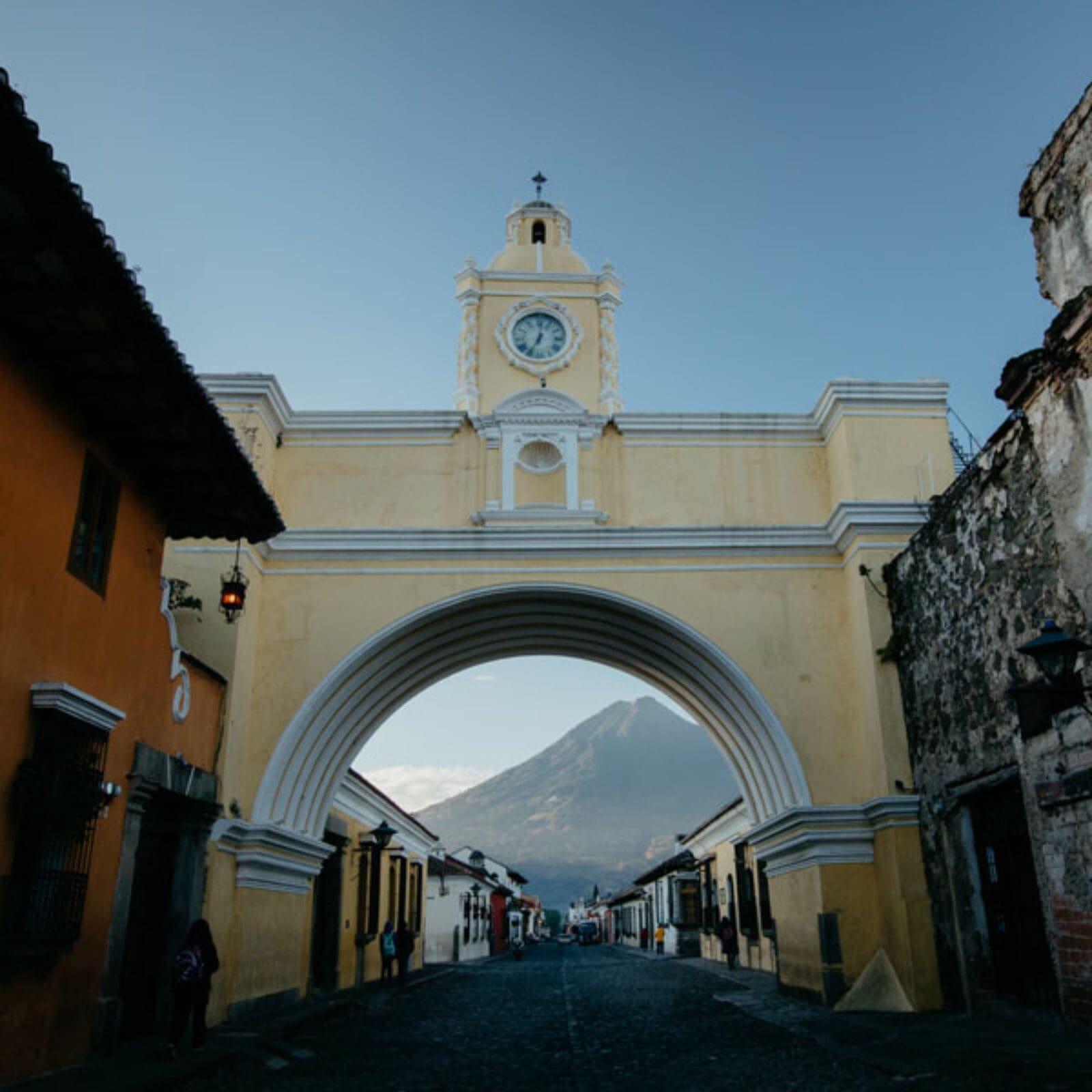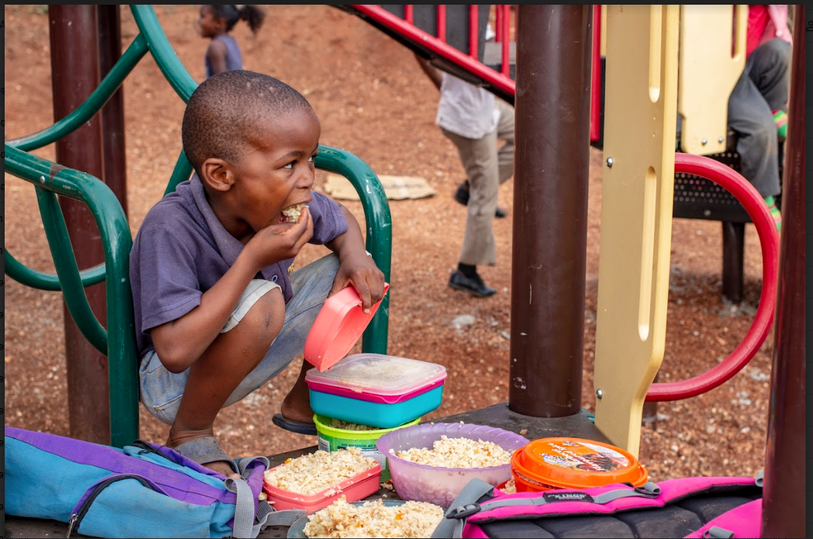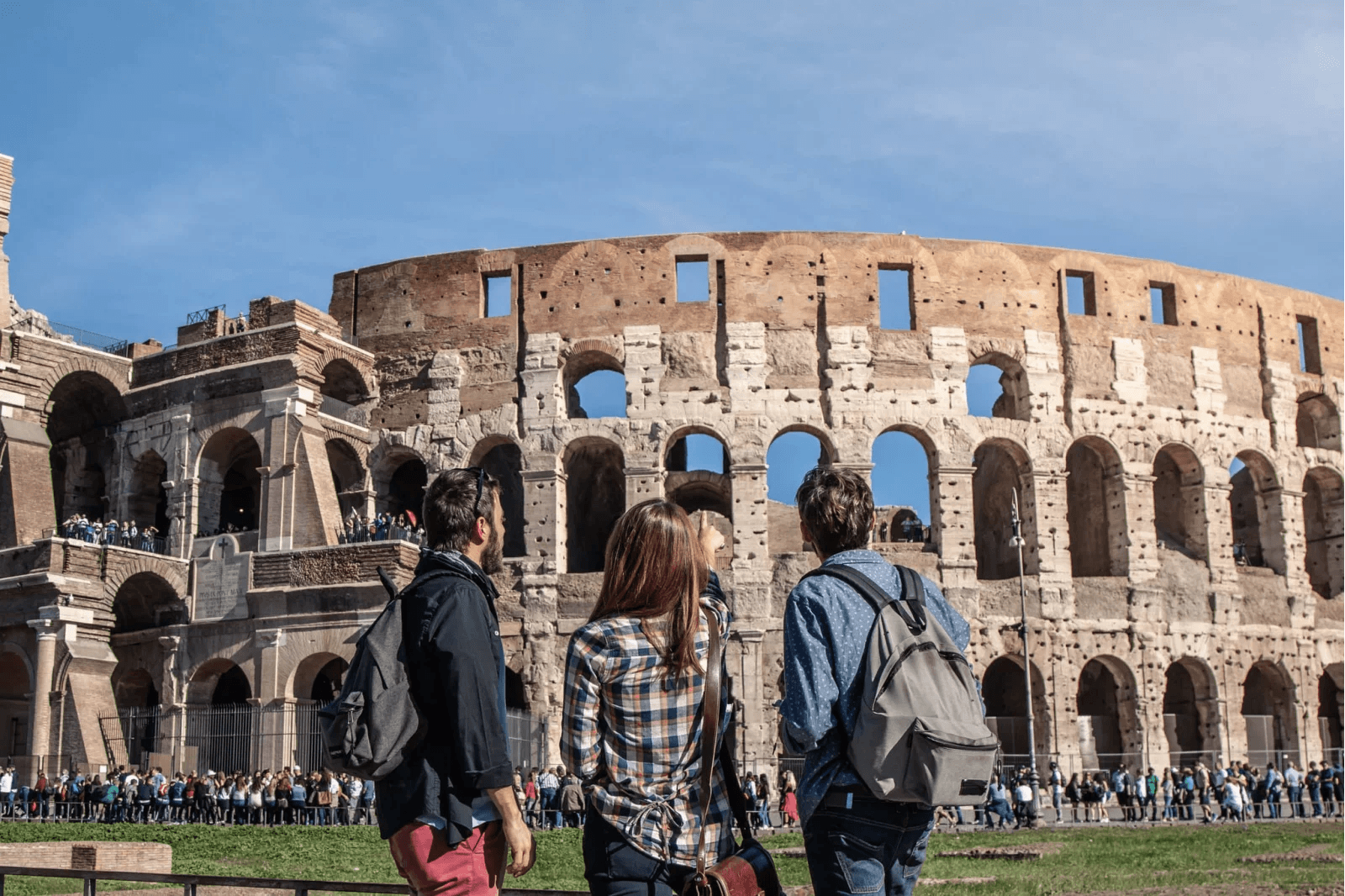
I would highly recommend all of you read the book I just finished about the covenant called, “The Covenant: God’s extraordinary Love for you,” by James L. Garlow. In the beginning pages of his book James writes, “Covenant is the foundation of our faith and the epicenter of what we understand about our relationship with God. Upon it is based our understanding of salvation, holiness, healing, worship, deliverance and sanctification. The covenant is truly foundational, and discovering this can be exhilarating – even life changing.” After reading his book I totally agree with this statement and I am excited about my newfound understanding of the covenant and it’s rich truth.
The Blood Covenant and the 10 steps in making covenant:
1.
Exchange of Robes. This represents a exchange of identity.
2. Exchange of Belts. This represents an exchange of strength and the sharing of strengths or assets. In this stage of the covenant you are agreeing to give the other person everything you have and they are in turn agreeing to giving you everything of theirs.
3. Exchange of Weapons. This symbolizes the exchange of enemies. You agree to protect each other from harm.
4. Sacrifice. At this point in the covenant ceremony an animal would be cut. Life must be given as a sign of an irrevocable contract.
5. Walk of Death. Then each person making the covenant will face one another in an open field. The animal would lay cut in between them. They then would literally walk through the mass of blood in the pattern of a figure 8. One would walk through and come back on the left and the other would come back through, turning toward the right.
6. Mark of the Body. This was represented by the “striking of hands,” (wrists) where an incision was cut on their wrists and then they would put their wrists together mingling their blood. Some would even put gunpowder in the wound to make a permanent mark. (Isaiah 49:16)
7. Pronouncement of Blessings and Curses. In the presence of witnesses each person making the covenant would proclaim the blessings for keeping the covenant and the curses for breaking it. This is the symbol of two people entering into oneness.
8. Covenental Meal. Then the two would sit down at a table and share a meal before the crowd of witnesses. Each person would feed the other the first two bites symbolizing, “As you are ingesting me; you are taking me into your life.” This is where the tradition of feeding each other the wedding cake at a marriage ceremony comes from.
9. Exchange of Names. In exchanging names your new name now lets others know who your covenant partner is. An example in the bible is when God made a covenant with Abram and changed his name to AbrAHam, adding the “AH” from God’s own name to Abram’s. “AH” comes from YAH-way, the name of God. The H represents the “breath” or “presence” of God. And, then God from then on calls himself The God of Abraham. They both exchanged names.
10. Exchange of the Oldest Male Child. The final sign of covenant was that their oldest sons would exchange homes to be raised by the other. (Gen 22:1-2, Heb 11:17, Gen 22:4)
Now lets look at the NEW COVENANT made my Jesus and how it aligns with these steps. It is amazing how God used the traditions of covenantal agreement in that day to reveal the new covenant with his one and only son.
1. Jesus exchanged robes / clothes with us. 2 Cor 5:21 / Phil 2:7-8 Jesus wrapped himself in our robe of flesh and sin and gave us his garments of righteousness.
2. Exchange of Belts. 2 Cor 12:7-10 Grace is God’s willingness to unleash His power on our behalf though we don’t deserve it. Live with Covenant authority and Power. Jesus came and gave us all of God’s assets; we have the same access as Jesus. Everything that was his is now ours.
3. Exchange of Weapons. When Jesus died on the cross he took on our enemy which was DEATH, and we took on God’s enemy which is SATAN. 1 Cor 15:55 / Gen 3:15 / Eph 6:10,11 God gave us his armor to fight the enemy. So what are we waiting for?
4. Sacrifice. Hebrews 10:19-20 / Matt 27:50-51 When Jesus took his last breath the veil in the temple split from top to bottom. (This is symbolic of the imagery of the animal sacrifice that would be cut in two) After the breaking of Jesus’ flesh believers were no longer be separated from the Holy of Holies. The priests were no longer mediators, but the ultimate mediator had come. We now have direct access to God because of the pure and spotless lamb that shed his blood for us.
5. The walk of death. The scriptures say that if you hold onto your life you will lose it. But, if you lay your life down for Jesus you will gain it. If you pick up your cross and follow Jesus you will die with him. In Baptism you stand before a crowd of witnesses proclaiming Jesus as your Lord and Savior publically. You go into the water, which symbolizes your death to your old self and emerge from the water through Jesus’ resurrection life.
6. Mark of the Body. This is shown in the Old Testament as circumcision, but in the New Testament it is circumcision of the heart. Rom 2:28-29
7. Pronouncement of Blessings and Curses. Phil 4:19 / Rom 8:17 We are called heirs of the Kingdom. God gives us all the resources of heaven. There are no curses in the New Testament. God stopped passing on curses with Jesus. He paid the final debt and laid his life down to stop the sin and pain and just brings pure relationship. “Jesus became the grand shock absorber, taking on the curses, fury, sickness, and sins of the ages. He absorbed sin and the pain and he died not to pass it on.” Gal 3:13-14 Christ became the absorption of curses and the pronouncement of blessings. In Gen 15 God walked between the halves himself because he knew Abraham could not keep the covenant perfectly. Gen 15:17 shows God represented by a smoking oven and a flaming torch, which is Jesus. Jesus is compared to a flame in Rev 1:14, 2:18, and 19:12 Jesus represented and stood in for Abram taking the curse of humanity even then.
8. Covenant Meal. Jesus says, “I am the bread of life.” John 6:48, 49-51 Jesus is proclaiming that he is our covenant meal. He is the living bread for us. If we take of him and absorb him we will have life. Without Jesus it is over for us, without him we are dead. But with him we live – really live! I Cor 11 Remembrance of Christ when we drink and eat. We are proclaiming the Lord’s death until he comes again when we take of the Lord’s Supper, or communion. 1 Cor 11:24-29 The covenant meal is where we first examine ourselves and then remember him.
9. Exchange of Names. Christ – ian (ian = one who is of someone else) We are called Christians, or of Christ. Christ calls himself “son of man” instead of “son of God.” He took on our name. And, we took on his name.
10. Exchange of the oldest male child. This is what sealed the agreement. In the Old Testament Abraham went to sacrifice his only son, Isaac. In Abraham’s heart his son, Isaac had been dead for 3 days as he had already made the decision to sacrifice him. And, on the third day he was “resurrected” (figuratively speaking). In the New Testament, Jesus actually died and was in the tomb for three days and then he was resurrected. The sacrifice of Jesus is what inaugurated the NEW COVENANT. In Gen 22:4 it says “The covenant has been tested.” Now the covenant will stand and is firm because of Jesus. God exchanged his son for us. We are his sons and daughters.
The book does it way better justice than I just did. I highly recommend reading it.








